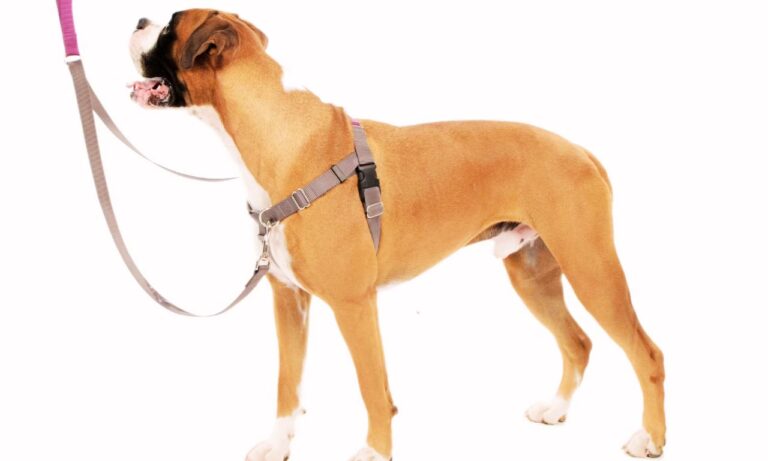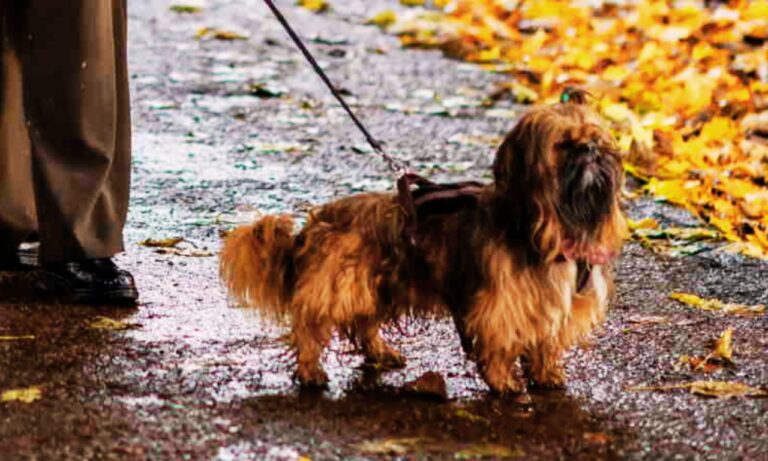Watching a beloved dog struggle with fear or anxiety is tough. Even though we know there’s no real danger, dogs often don’t. Thunderstorms, fireworks, or trips to the vet can all trigger anxiety. So, do calming collars work on dogs?
Luckily, there are tools to help manage this, and dog calming collars have become a popular option. This guide explores what dog calming collars are, how they work, their effectiveness, and which ones are best for your dog’s needs. Learn about the size collar for an American Eskimo to ensure a perfect fit and comfort for your dog.
Blog Highlights
ToggleHow Do Dog Calming Collars Work?
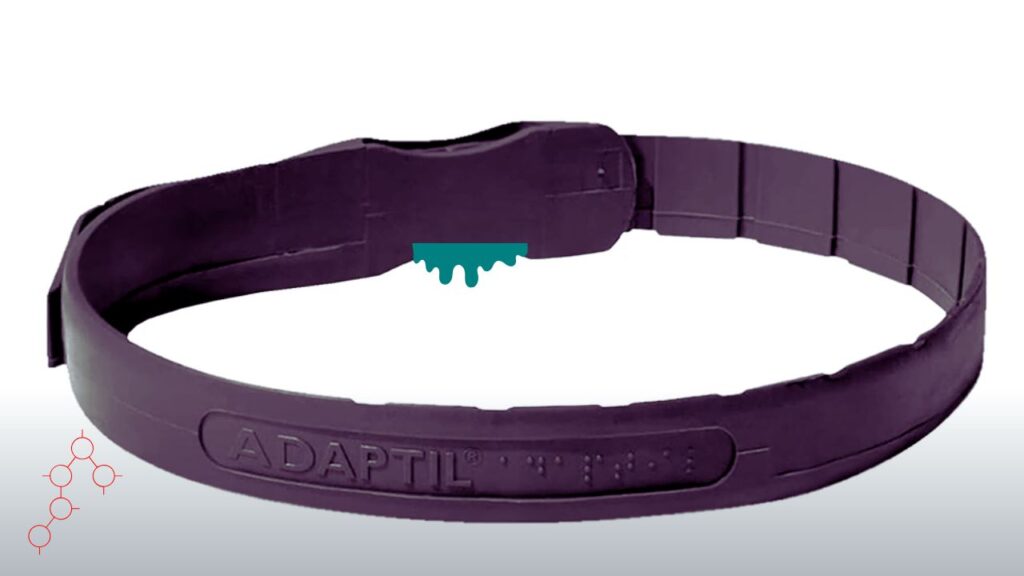
Dog calming collars work much like aromatherapy for humans. They release scents or chemicals that can help calm your dog’s nervous system. These collars typically rely on either essential oils or synthetic pheromones, which mimic natural chemicals found in dogs. Discover why Afghan Hound collars are wide by exploring the unique characteristics of this breed and how wide collars enhance their comfort and style.
What Are Pheromones, and How Do They Calm Dogs?

Pheromones are natural chemicals animals produce to communicate with each other. Dogs use them for various reasons, like marking territory or showing that they’re calm and safe. In calming collars, the pheromone used is a synthetic version of the dog-appeasing pheromone (DAP).
This pheromone mimics the chemical that mother dogs release while nursing puppies, giving the puppies a sense of safety and comfort. Studies suggest that DAP can help calm adult dogs, especially in stressful situations like vet visits or thunderstorms.
According to some vets, pheromone-based collars can help some dogs relax. They’re especially effective for mild or situational anxiety, such as loud noises. However, he advises pet owners to manage expectations, as not every dog will respond in the same way.
Find out what style dog collar is best for hounds to ensure comfort and safety for your furry friend.
Essential Oils in Dog Calming Collars: An Alternative Approach

Some calming collars use essential oils like lavender instead of pheromones. Lavender is commonly used in human aromatherapy and is known for its calming effects. It’s generally safe for dogs, though pet owners with both cats and dogs should be cautious, as lavender can be toxic to cats. The ideal size collar for English Springer Spaniel typically ranges from 14 to 20 inches, depending on the dog’s age and neck size, ensuring a comfortable and secure fit.
Do Calming Collars Work on Dogs?
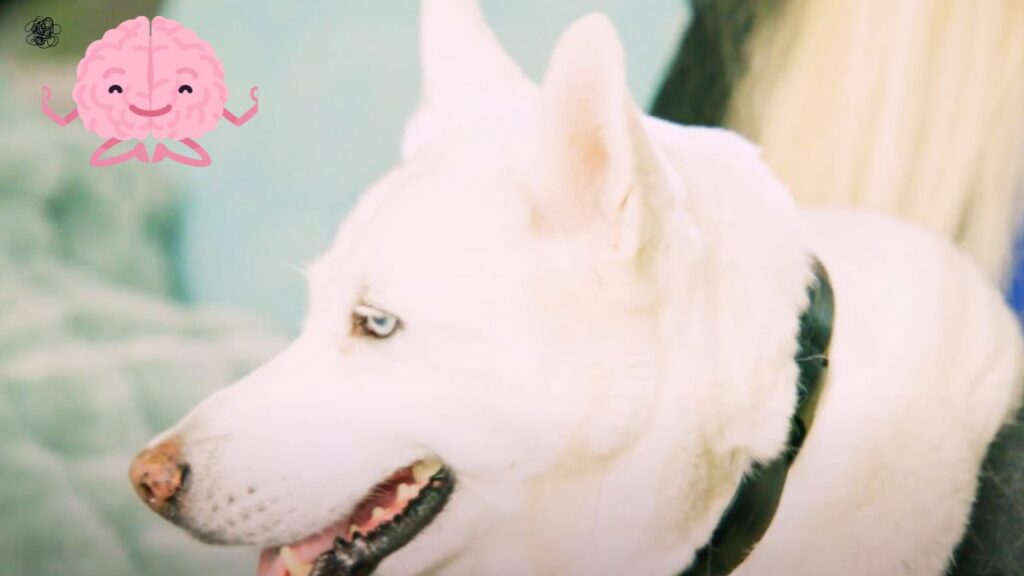
The effectiveness of dog calming collars can vary based on the dog’s personality and level of anxiety.
General Insights on Dog Calming Collars
- Effectiveness Varies: Dog calming collars can be effective depending on the dog’s anxiety level and personality.
- Mild Anxiety Relief: Experts, like Dr. Patrick Mahaney, report success with calming collars for dogs experiencing mild anxiety, particularly triggered by noises like fireworks or thunder.
- Not for Severe Anxiety: Calming collars may not help dogs with severe anxiety. For more intense anxiety issues, additional treatments like medication or behavioral therapy may be necessary.
- Professional Recommendations: Dr. Linda Simon advises consulting a veterinarian for dogs with high anxiety. A comprehensive plan, including training and medication, may be more effective.
- Mild to Moderate Anxiety: Calming collars work best for dogs with mild to moderate anxiety, offering a soothing effect to manage specific triggers.
- Consult a Vet: For dogs with severe anxiety, a vet’s guidance is essential for creating a balanced treatment plan that may combine various calming methods.
When Should You Use a Calming Collar for Your Dog?
Dogs can experience anxiety from various triggers, such as loud noises, separation, or new environments. Common signs of anxiety include aggressive behavior, excessive panting, chewing, and pacing. For mild anxiety, calming collars can be a great tool to help soothe your dog.
For best results, track your dog’s behavior with and without the collar. Some pet owners keep a journal to note any changes in behavior, especially in different situations. If your dog’s anxiety is severe, calming collars can work alongside other tools like training, compression wraps, or prescribed medication.
The recommended size collar for an English Cocker Spaniel usually ranges from 12 to 18 inches, providing a snug and comfortable fit for your dog.
Popular Dog Calming Collar Types

With a wide range of dog calming collars available, choosing the right one can be overwhelming. Here are some popular options, each designed to help with specific types of anxiety:
1. Adjustable Calming Collars
- Best for: Managing anxiety triggered by loud noises (fireworks, storms), social situations, or travel.
- Features: Contains calming pheromones or DAP (Dog Appeasing Pheromone) to help reduce stress and anxiety. Can be used alongside flea and tick treatments.
- Effectiveness: Generally effective for mild to moderate anxiety, especially in dogs affected by noise. Dogs with severe anxiety may require additional support.
2. Pheromone-based Calming Collars
- Best for: Separation anxiety, stress-related behaviors like chewing or excessive barking.
- Features: Utilizes pheromones to soothe the dog, often combined with other calming agents.
- Challenges: May not fit well on dogs with long necks, but works well for dogs affected by separation anxiety or stress-related behaviors.
3. Scented Calming Collars
- Best for: Anxiety caused by thunderstorms, travel, or separation.
- Features: Includes calming pheromones and natural scents like lavender and chamomile. These collars can last for several weeks.
- Effectiveness: Many owners notice a positive change in their dog’s anxiety levels, particularly with noise-related stress. The added scent can also provide a pleasant experience for the owner.
These calming collars offer different solutions based on the type of anxiety your dog may experience, providing a range of options to suit various needs. To find the perfect fit, learn more about what size collar for a Bichon, ensuring your dog’s comfort and safety.
How to Tell If a Dog Calming Collar Is Working
- Track Behavior Changes: Use a journal or pet tracking app to log changes in your dog’s behavior.
- Monitor Activity Levels: Look for improvements in your dog’s activity or energy levels.
- Check Appetite: A decrease in stress may be reflected in better appetite.
- Observe Specific Behaviors: Watch for changes in barking, chewing, or other anxiety-driven behaviors.
- Filming Before and After: recording your dog’s behavior before and after using the collar for objective comparison.
- Consult a Vet if Needed: Share observations with your vet to adjust treatment if necessary.
Limitations and Considerations for Dog Calming Collars
Calming collars are generally safe and have minimal side effects, but they are not a one-size-fits-all solution. Here are some things to consider before using one on your dog:
- Not Ideal for Severe Anxiety: Dogs with high anxiety levels may not respond to a calming collar alone. Severe cases often need additional treatments like medication or behavioral training.
- Supervision Required: Some dogs may try to chew or ingest the collar, which can cause gastrointestinal problems. It’s wise to trim excess collar length to reduce this risk.
- Check Essential Oils: If the collar uses essential oils, make sure the oils are safe for both dogs and any other pets, especially cats, in the home.
Discover the ideal option by exploring what is the best collar material for a Bichon Frise to ensure your pet’s comfort and durability.
Alternatives to Calming Collars
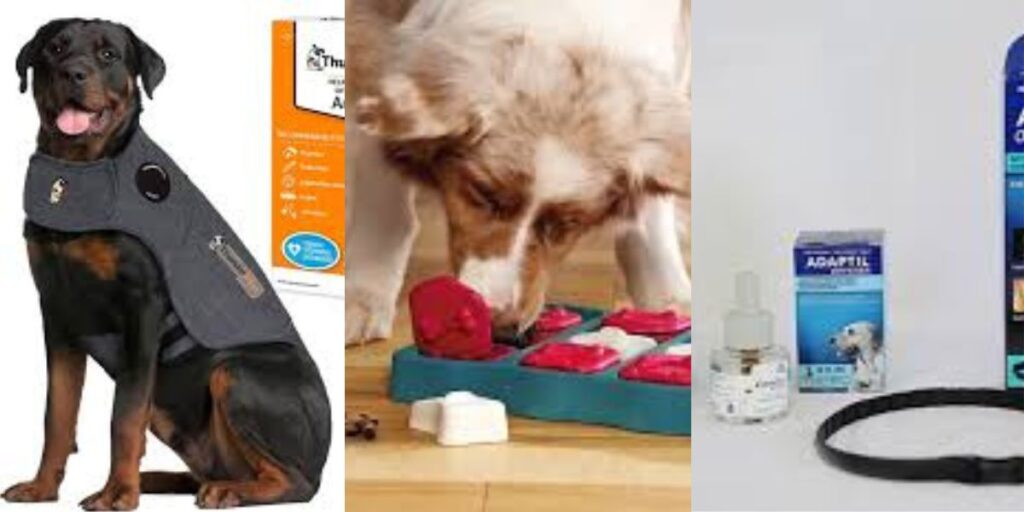
If calming collars don’t work for your dog, there are other tools to consider:
- Thundershirt: A compression wrap that provides gentle, comforting pressure. This is especially helpful for dogs with noise or separation anxiety.
- Dog Calming Treats: These treats contain natural ingredients like chamomile and valerian root to reduce stress. They can be given daily or as-needed.
- Pheromone Sprays and Diffusers: These sprays release pheromones into the air, so your dog benefits without wearing a collar.
- Puzzle Toys and Snuffle Mats: Toys that stimulate your dog’s brain can redirect their focus away from their anxiety.
The American Staffordshire Terrier’s coat type is short, sleek, and easy to maintain with regular brushing.
Are Calming Collars Worth Trying?
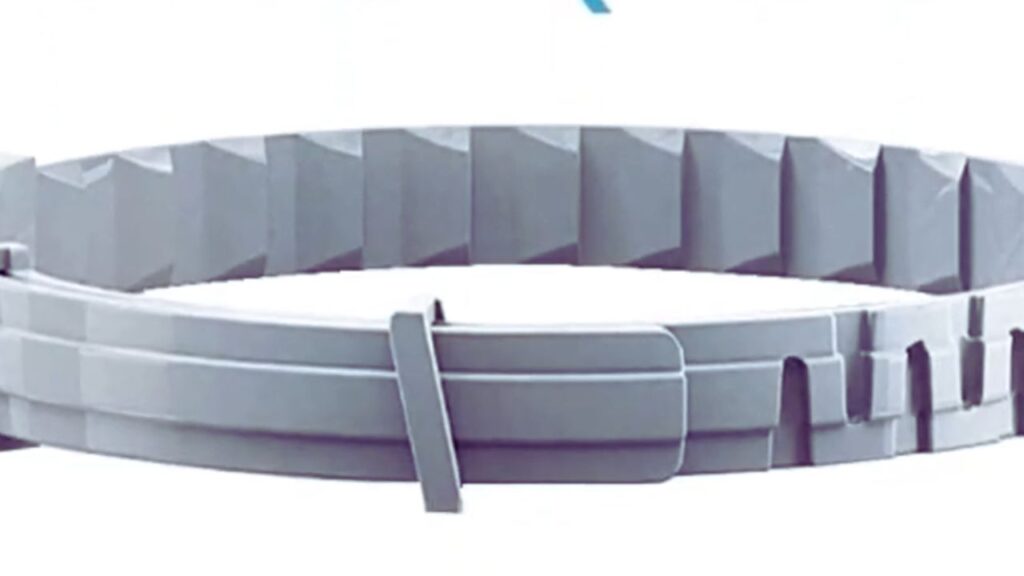
Research suggests that calming collars are a worthwhile tool, especially for dogs with mild anxiety. They’re affordable, convenient, and generally safe, making them easy to try. However, they’re not a miracle cure, and results will vary. If a collar doesn’t work for your dog, it might indicate that your pet needs a more comprehensive anxiety management plan.
The best collar size for an American Staffordshire Terrier ensures a comfortable and secure fit for your dog during walks and training.
Calming Collars Are Best For:
- Dogs with mild anxiety
- Situations where multiple calming tools can be combined
Calming Collars May Not Be Enough For:
- Dogs with severe anxiety or phobias
- Dogs prone to chewing or ingesting objects, as they may accidentally swallow parts of the collar
Conclusion: Helping Your Dog Find Calm
Every dog is unique, and their anxiety needs will vary. Finding the right tools to manage your dog’s stress can take time and patience. Dog calming collars might not be a cure-all, but they can be a helpful and affordable part of a broader anxiety management strategy. Hope so, now you know the answer, do calming collars work on dogs.
To find out what size collar for an Affenpinscher, ensure you measure your dog’s neck correctly for a perfect fit.
For best results, monitor your dog’s response over time and consult with a veterinarian if needed. By providing the right support, you can help your dog feel safe and secure, even in stressful situations.






